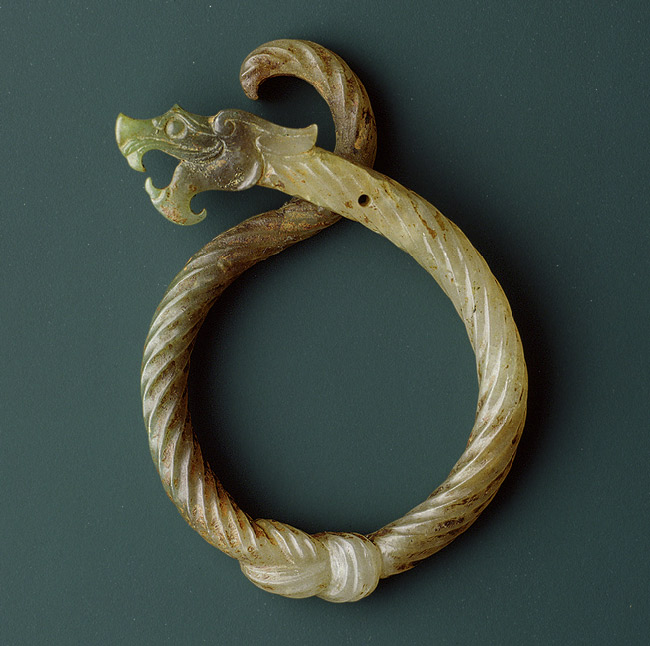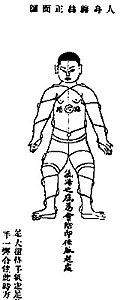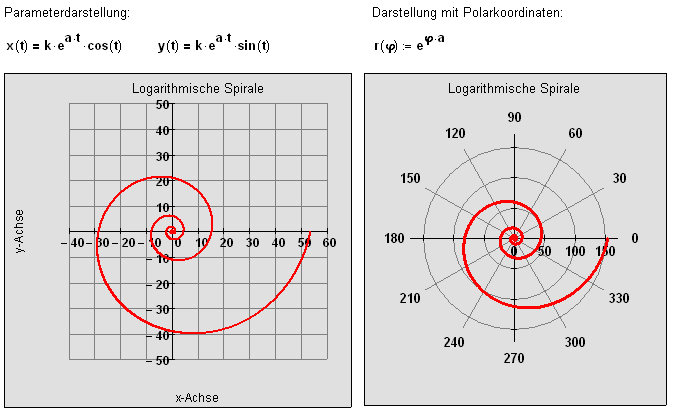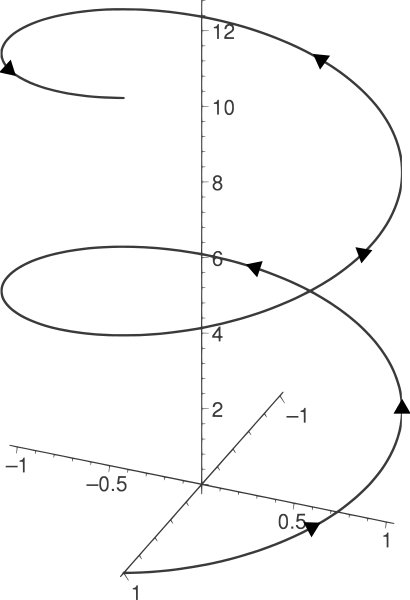Chansi jin 纏丝劲 is usually translated as "silk reeling force" in English. In Taiji quan people also talk about Chousi 抽丝 - silk pulling. Maybe this is due to improperly explained translation, but a lot of time these terms cause problems.
At a basic level, we can say in Taiji Quan we want to acquire this ability where we are basically like a ball, so that any incoming force, unless it strikes us perfectly at the center when we are immobile, will naturally be rendered harmless (the force doesn't go through our body as intended) as the ball rotates automatically as result of an uncentered force. So when we say circular force in martial art, we don't mean it exactly in the mathematical sense that it's two dimensional. And it also doesn't have to be a perfect circle in the mathematical sense either, it could be an oval, etc. So there are really all kinds of circular forces. It's always been that way in Chinese martial art, it's just that Chen Village masters gave one type of circular force - the spiraling kind, a really cool name.
We just need to keep in mind all styles of Taiji quan has spiraling force to start with, also that it's not the only type of circular force we need to use in fighting. So Chansi Jin is not a unique feature of Chen Style taiji any more than opening and closing is a unique feature of Sun Style, it's just that, based on personal preference of the master, those particular aspects of the art get emphasized more in those groups.
Chousi 抽丝 - silk pulling is something else. In Taiji Quan classic the famous phrase is "mobilizing force as if pulling silk". Why pulling silk? When silk worm leaves behind the cocoon, the cocoon is first boiled in water, so that it looks like this. As we can see the thread is very thin. To get it we need to pull it out using a very gentle even force.

If we use too big a force, it will break. Or if we accelerate at any point, it can easily break also. So from beginning to end, we want to use just enough force to pull it out, but not enough to break it. We must pay attention at all times, making sure we're using the minimal amount of force necessary.
Pulling silk then is about how we practice the form. Part of the "relaxed slow smooth even, centered upright settled comfortable" requirement. Practicing the form this way, like standing, will eventually help us shed all unnecessary force and tension. When that happens we can truly feel what it means to sink qi into the ground. Sink Qi to the ground doesn't mean we are solidly bracing ourselves against the ground, in fighting it means no matter what part of the body the opponent's force lands on, that part is CONNECTED with your feet, and by subtly changing our physical contact with the ground, we solve the problem not by moving the contact area, but with our legs. Same is true when we use force, we don't want to raise our hand with the shoulder muscle alone, we want other parts to participate, the correct feeling is that the force is coming up from the ground (feet). Hence the old martial art adage "fighting is 70% legs and 30% hands".
That is the methodology for acquiring certain abilities, it doesn't mean whenever we fight, we can only use force this way, that sudden explosive force is not something we don't use in Taiji.
So silk reeling is just a relatively newfangled name for a type of circular force, and silk pulling is one the five basic requirements for forms practice.
 -
- 











